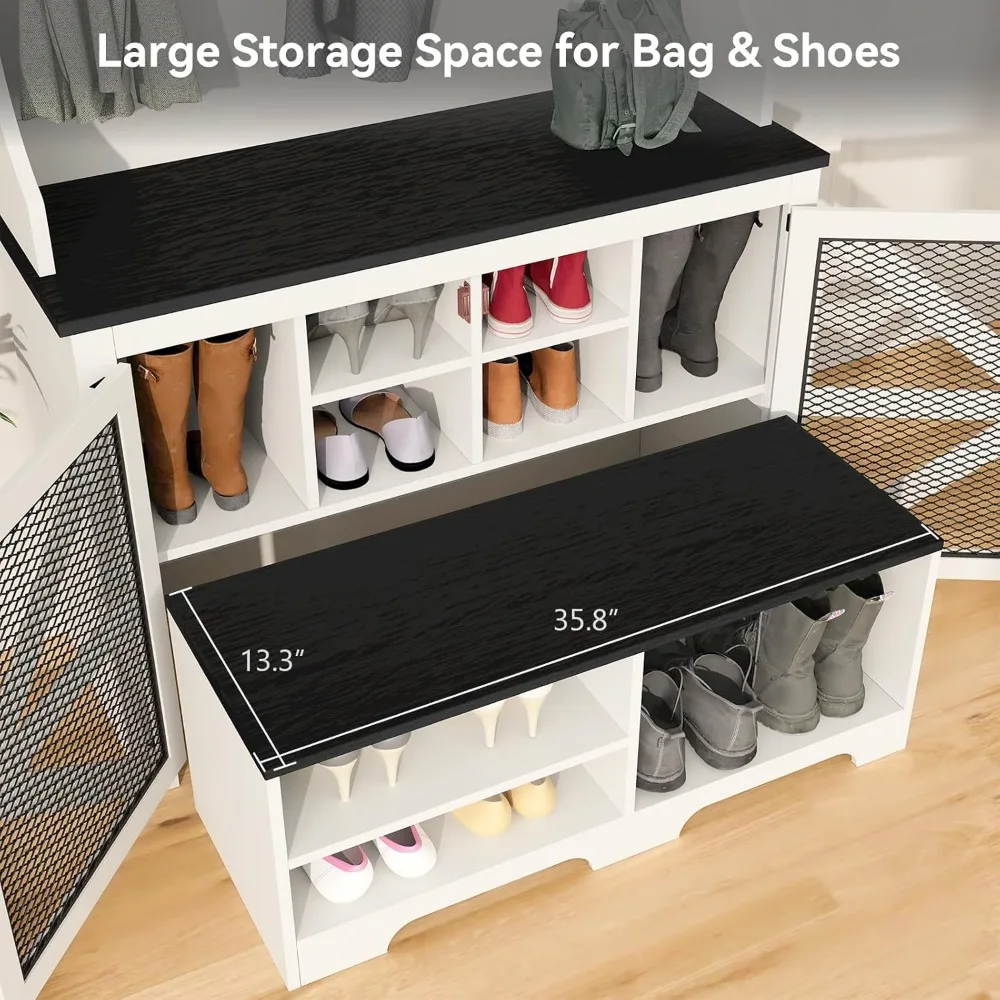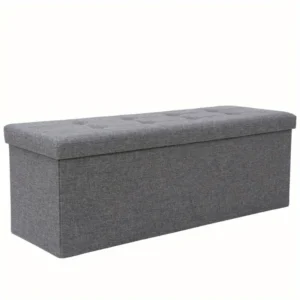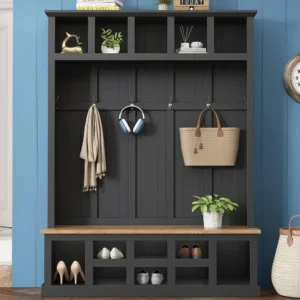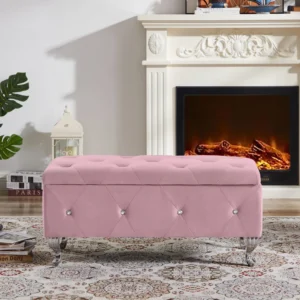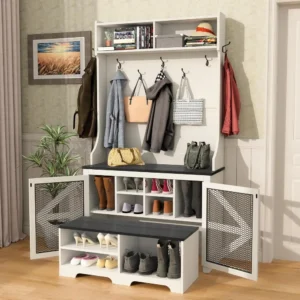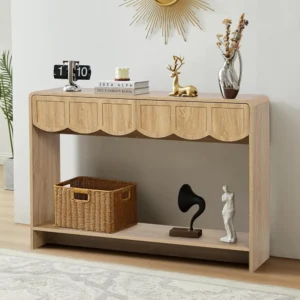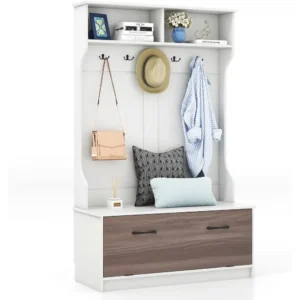Understanding the Narrow Hallway Challenge
Narrow hallways present unique design challenges for homeowners and renters alike. Typically defined as passages measuring less than 36 inches (91 cm) wide, these slim spaces often become neglected or problematic areas in many homes. Modern homes tend to have hallways averaging 36-48 inches in width, while older homes might feature even narrower corridors, sometimes as slim as 30 inches or less.
These constrained spaces come with several common frustrations:
- Limited floor space for furniture placement
- Tendency to accumulate clutter (shoes, bags, mail)
- Difficult navigation, especially when passing other people
- Lack of dedicated storage for everyday items
- Feeling cramped and unwelcoming
The key to transforming these challenging areas lies in thoughtful furniture selection. When chosen correctly, functional furniture can convert your narrow hallway from a problematic passageway into a practical, organized space that enhances your home’s overall flow. Successful space-saving entryway ideas demonstrate that even the tightest areas can serve multiple purposes while maintaining visual appeal.
The dual goal when furnishing narrow hallways is maximizing utility while preserving aesthetic appeal – finding pieces that serve essential functions without making the space feel cramped or cluttered.
Essential Principles for Furnishing Narrow Spaces
Before selecting specific furniture pieces, understanding core principles for narrow space design will help guide your decisions.
The Slim Profile Rule
For narrow hallways, depth measurements are critical. Furniture should ideally be under 12 inches (30 cm) deep to maintain adequate walking space. This slim profile ensures functionality without obstructing movement.
Vertical Thinking
When floor space is limited, look up. Walls provide abundant unused real estate for hooks, shelves, and mounted solutions. Utilizing height compensates for limited width and keeps the floor area clear.
Multi-functionality Requirement
In constrained spaces, every item should pull double (or triple) duty. A bench that provides seating and storage or a console table that offers a surface for keys and hidden storage underneath maximizes utility per square inch.
Clear Pathway Preservation
Always maintain at least 24 inches (61 cm) of unobstructed walking space. This minimum clearance ensures comfortable movement through the hallway, even with furniture in place.
Visual Spaciousness
Use light colors, reflective surfaces, and transparent materials to create an illusion of greater space. These elements help prevent furniture from visually overwhelming the hallway.
Scale Appropriateness
Choose furniture proportional to your space. Full-sized hall trees or bulky storage units that work in spacious entryways will overwhelm narrow hallways. Opt for slimmer, appropriately-scaled alternatives.
These foundational principles apply across all space-saving entryway ideas and should inform every furniture decision for your narrow hallway.
Slim Console Tables: The Narrow Hallway Staple
Console tables often serve as the foundation piece for narrow hallway design, offering valuable surface area with minimal depth intrusion.
Why Console Tables Work
These versatile pieces provide a landing spot for everyday essentials while maintaining a slim profile that preserves walking space. Their elevated design creates a sense of openness while delivering practical functionality.
Optimal Dimensions
For narrow hallways, look for console tables with depths between 8-12 inches (20-30 cm). This shallow profile ensures adequate passageway while still providing usable surface area. Length should be proportionate to your wall space, typically 24-42 inches (61-107 cm).
Key Features to Consider
- Floating designs that mount to the wall, eliminating legs that can create visual clutter
- Drawer options for concealing small items like keys, mail, and sunglasses
- Lower shelves for additional storage without increasing depth
- Weight capacity of at least 15-20 pounds for practical everyday use
Material Selection
Choose materials that contribute to visual lightness:
* Glass tops create transparency
* Light-colored woods brighten the space
* Metal frames with slim profiles minimize visual bulk
* Mirrored surfaces reflect light and create depth
Placement Strategy
Position your console against the longest uninterrupted wall, ideally near the entry point where it can serve as a drop zone. Keep styling minimal—perhaps a small lamp, a dish for keys, and one decorative element—to maintain functionality without creating clutter.
When selecting furniture for tight spaces, consider smart entryway bench options that complement your console table while adding seating and storage capabilities.
Wall-Mounted Solutions: Maximizing Vertical Space
Wall-mounted furniture options represent one of the smartest strategies for narrow hallways, freeing valuable floor space while providing essential functionality.
Benefits of Going Vertical
Wall-mounted pieces create floor clearance that makes hallways feel more spacious while allowing complete customization of height placement. This approach is particularly valuable for extremely narrow passages where every inch of floor space matters.
Coat Hooks and Racks
Well-designed hook systems transform empty wall space into organized storage:
* Individual hooks spaced 6-8 inches (15-20 cm) apart prevent overcrowding
* Staggered height arrangements accommodate both adults and children
* Consider weight capacity—look for hooks rated for at least 10-15 pounds each
* Combination systems with small shelves provide additional utility
Quality bench hooks and storage solutions combine multiple functions in one well-designed unit, making them ideal for narrow entryways.
Floating Shelves
Slim floating shelves add storage and display space without protruding too far:
* Optimal depth: 6-8 inches (15-20 cm) for narrow hallways
* Install at eye level or above to prevent head-bumping
* Consider graduated installations (shorter shelves below, longer above)
* Look for hidden mounting hardware for a cleaner appearance
Wall-Mounted Cabinets
When you need concealed storage, slim wall-mounted cabinets offer a solution:
* Depth should remain under 10 inches (25 cm)
* Seek designs with sliding rather than swinging doors
* Consider units with built-in mirrors to serve dual purposes
Mail Organizers and Key Holders
Small-scale organizational tools make a significant impact:
* Mail slots prevent paper clutter from accumulating
* Key hooks positioned near the door create grab-and-go convenience
* Look for combination units that address multiple storage needs
Installation Considerations
Before mounting anything:
* Locate wall studs for secure installation of heavier items
* Use appropriate anchors based on wall type and weight requirements
* Consider adhesive hooks or tension rods for rental properties
* Ensure mounted items don’t project into the walking path
Smart Shoe Storage for Tight Entryways
Shoe clutter presents one of the biggest challenges in narrow hallways. Fortunately, several space-efficient storage solutions address this common problem.
The Shoe Storage Challenge
Shoes not only consume valuable floor space but create visual clutter and tripping hazards. The ideal solution contains footwear without impeding movement through the hallway.
Vertical Shoe Racks
Utilizing height rather than floor space, vertical racks maximize storage capacity:
* Over-door designs utilize often wasted space
* Wall-mounted racks with angled shelves display shoes while minimizing depth
* Multi-tier slim racks can hold 9-12 pairs in just 12 inches (30 cm) of floor space
Slim Shoe Cabinets
For a more concealed approach, narrow shoe cabinets offer elegant storage:
* Look for depths between 8-12 inches (20-30 cm)
* Tilt-out designs maximize capacity while minimizing depth
* Top surfaces double as display areas or landing spots for keys
Over-Door Solutions
The space behind doors offers untapped storage potential:
* Over-door pockets store multiple pairs without consuming floor space
* Hook-based systems work for frequently worn shoes
* Look for cushioned options that prevent door damage
Under-Bench Storage
Combine seating with shoe storage for maximum efficiency:
* Storage benches with cubbies organize shoes while providing a place to sit
* Lift-top designs conceal items completely
* Look for waterproof options that can handle wet or muddy shoes
Our collection of narrow entryway benches offers perfect solutions for combining seating with practical storage in limited spaces.
Space-Efficient Alternatives
Think beyond traditional shoe storage with these creative solutions:
* Wall-mounted shoe pockets take advantage of vertical space
* Rotating carousel systems maximize capacity in corner spaces
* Hanging shoe organizers can be repurposed for entryway use
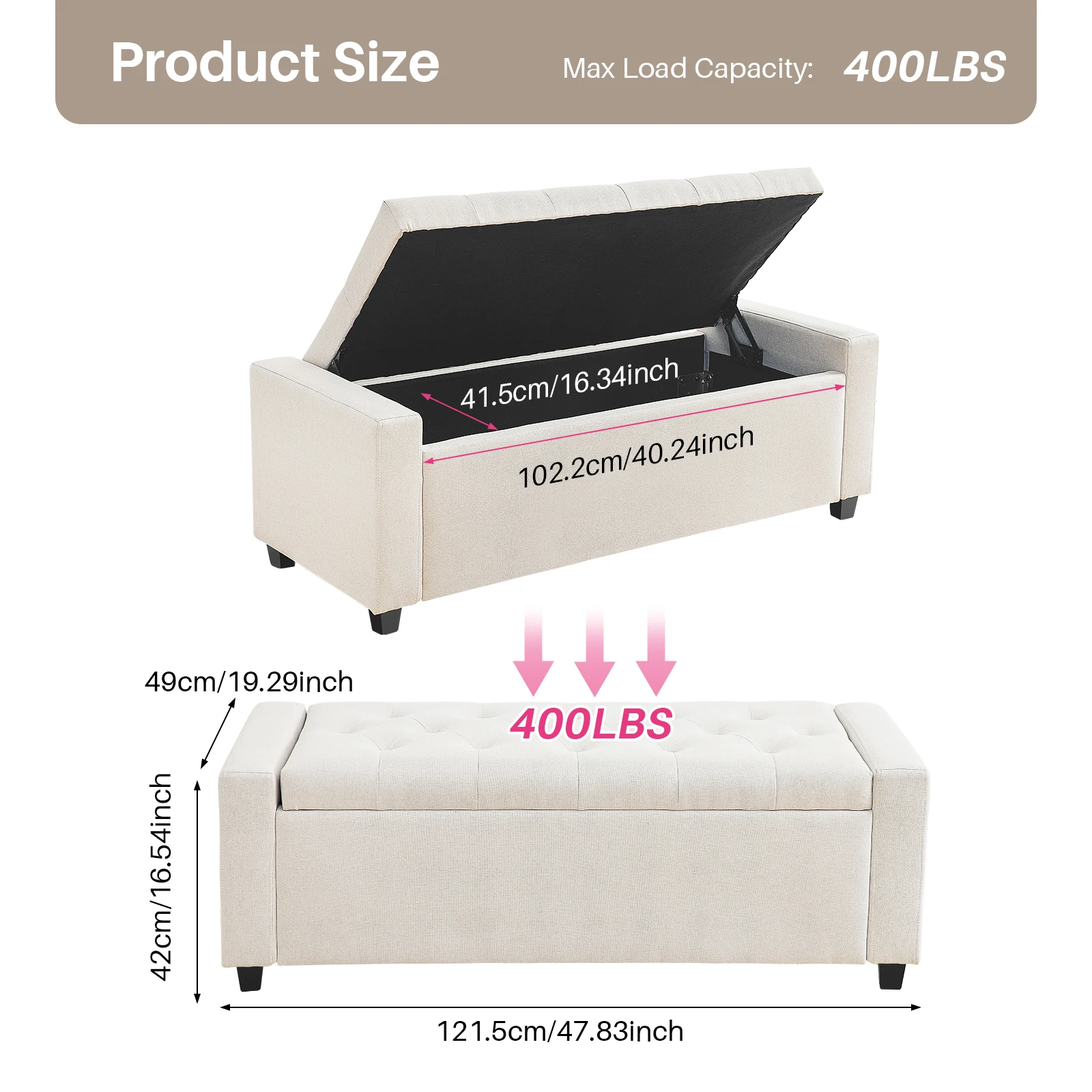
Seating Solutions That Don’t Crowd the Space
While it might seem counterintuitive to add seating to a narrow hallway, having a place to sit while putting on or removing shoes creates practical convenience that enhances your daily routine.
Strategic Seating Benefits
Even in tight spaces, a small seating area provides:
* Convenience for shoe changes
* A landing spot for groceries or packages
* An anchor point that defines the entryway
Narrow Benches
The most space-efficient seating option for hallways:
* Optimal width: 10-14 inches (25-36 cm)
* Length should be proportional to available wall space
* Look for clean lines and minimal visual weight
* Consider legless designs that mount to the wall
Built-in Storage Benches
These dual-purpose pieces maximize functionality:
* Hidden compartments store shoes, gloves, scarves, and other essentials
* Lift-top designs provide full access to contents
* Front-opening drawers work better in very tight spaces
* Look for gas-lift hinges for safety and ease of use
Wall-Mounted Fold-Down Seats
The ultimate space-savers:
* Deploy only when needed, fold away when not in use
* Available in various sizes, some as narrow as 8 inches (20 cm) when folded
* Can be installed at custom heights for different users
* Often incorporate additional storage features
Our small entryway bench collection features compact options perfectly suited for narrow hallway dimensions.
Corner Seating Options
Don’t overlook corners as potential seating locations:
* Corner benches make use of otherwise awkward spaces
* L-shaped designs can work at hallway junctions
* Triangular stools tuck neatly into tight corners
Material Considerations
Choosing the right materials enhances visual lightness:
* Perforated metal creates minimal visual obstruction
* Clear acrylic virtually disappears in the space
* Slim wooden slats allow light to pass through
* Backless designs reduce visual mass
Multi-Functional Pieces: Furniture That Works Harder
When space is limited, multi-functional furniture delivers maximum utility per square inch. These hardworking pieces combine multiple essential functions into unified, space-efficient designs.
The Multi-Function Advantage
In narrow hallways, every piece should earn its keep by serving multiple purposes. This approach reduces the total number of items needed while maximizing functionality.
Mirror-Cabinet Combinations
These brilliant hybrids address two essential needs:
* Reflection for last-minute appearance checks
* Concealed storage for small everyday items
* Some include jewelry organization inside
* Available in various depths, with the slimmest at just 4 inches (10 cm)
Bench-Shoe Rack Hybrids
Combining seating with footwear storage creates a comprehensive entryway solution:
* Slat shelves below provide ventilated shoe storage
* Cushioned tops offer comfortable seating
* Some include additional features like coat hooks above
* Look for designs with washable cushion covers for high-traffic areas
Multi-Feature Console Tables
These evolved console tables incorporate additional functionality:
* Hidden drawers for small item storage
* Lower shelves or baskets for bulkier items
* Integrated charging stations for devices
* Some include pull-out surfaces for expanded functionality
Many homeowners have transformed their entryways with multi-functional furniture that adapts to changing needs while maintaining a cohesive look.
Transformable Pieces
Furniture that changes configuration offers ultimate adaptability:
* Nesting tables that expand when needed, tuck away when not
* Folding consoles that extend to full tables when entertaining
* Modular systems that can be reconfigured as needs change
* Height-adjustable pieces that serve multiple functions
Quality Considerations
When furniture serves multiple functions, construction quality becomes even more important:
* Look for reinforced joints and quality hardware
* Test moving parts for smooth operation
* Ensure weight capacities match intended use
* Consider material durability for pieces with mechanical elements
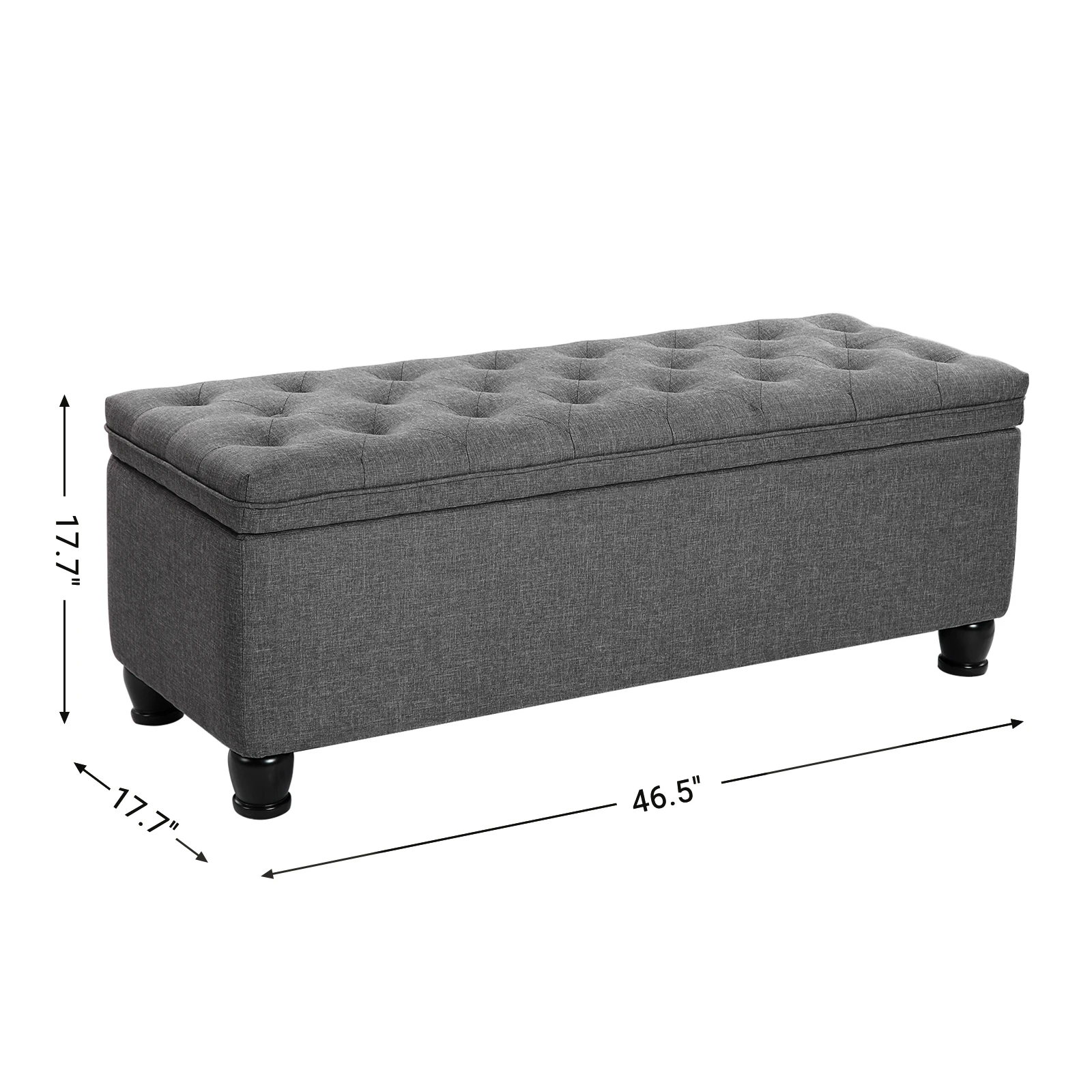
Measuring and Planning for Success
Before purchasing any furniture for your narrow hallway, proper measurement and planning are essential to ensure pieces will fit and function as intended.
Essential Measurements
Start with these critical dimensions:
* Hallway width at multiple points (hallways aren’t always uniform)
* Wall length available for furniture placement
* Ceiling height for tall storage solutions
* Door swing arcs to prevent blocking
* Electrical outlet locations that might affect placement
Traffic Flow Mapping
Understanding movement patterns helps determine optimal furniture placement:
* Identify primary pathways through the space
* Note directions people typically approach from
* Consider multiple people passing simultaneously
* Map door swing areas that must remain clear
Door Clearance Requirements
Door operation requires specific clearances:
* Allow full 90-degree (or greater) opening capacity
* Account for door handles and hardware protrusions
* Remember that exterior doors often swing inward
* Consider clearance needed when carrying items through doorways
Furniture Depth Calculations
Use this formula to determine maximum safe furniture depth:
1. Measure total hallway width
2. Subtract minimum required pathway (24 inches/61 cm)
3. Result equals maximum furniture depth
For example: 36-inch hallway – 24-inch pathway = 12 inches maximum furniture depth
Visualization Techniques
Test layouts before purchasing:
* Use painter’s tape to outline furniture footprints on the floor
* Cut cardboard templates to represent furniture pieces
* Place existing items temporarily to test clearance
* Take photos from different angles to evaluate impact
Choosing the perfect bench for a narrow hallway becomes much simpler when you’ve accurately measured your space and understand these fundamental principles.
Digital Planning Tools
Several apps and online tools can help visualize your space:
* Room planners with exact measurements
* Augmented reality apps that show furniture in your space
* 3D modeling software for comprehensive planning
* Photo-based visualization tools from furniture retailers
Material and Color Strategies for Visual Spaciousness
The materials and colors you choose can dramatically impact how spacious your narrow hallway feels, regardless of its actual dimensions.
Material Impact on Perceived Space
Certain materials create an illusion of greater spaciousness:
* Reflective surfaces bounce light, expanding visual boundaries
* Transparent elements reduce visual weight
* Lightweight materials prevent a heavy, cramped feeling
* Consistent flooring flowing through the space creates continuity
Light-Reflecting Surfaces
Incorporate these elements to maximize light distribution:
* Mirrors (full-length or decorative)
* Glass tabletops or shelving
* Polished metals for hardware and accessories
* Glossy painted surfaces for select furniture pieces
Transparent and Translucent Options
These materials maintain functionality while “disappearing” visually:
* Glass console tables or shelving
* Acrylic or Lucite furniture pieces
* Furniture with open, see-through designs
* Cabinet doors with frosted or clear glass inserts
Color Considerations
Strategic color choices can visually expand your space:
* Light neutrals (whites, creams, light grays) for walls and large furniture
* Monochromatic schemes create seamless visual flow
* Strategic dark accents add depth without overwhelming
* Color consistency between walls and furniture reduces visual boundaries
Shoe storage benches in lighter finishes or with glass elements help maintain visual openness while providing essential functionality.
Texture Balance
Add interest without visual clutter:
* Limit competing textures to prevent overwhelming the space
* Use subtle textural elements like linen, light woods, or fine metals
* Consider tone-on-tone textural patterns rather than high-contrast designs
* Focus texture on smaller accessories rather than large furniture pieces
Material Durability
Hallways endure heavy traffic and regular use:
* Choose scratch-resistant surfaces for console tops
* Select stain-resistant fabrics for any upholstered pieces
* Opt for easy-clean materials in homes with children or pets
* Consider moisture-resistant options for entryway areas
Supplemental Content: Advanced Solutions for Extremely Narrow Hallways
Q: Can furniture work in hallways under 30 inches (76 cm) wide?
Yes, but you’ll need to be highly selective. Consider wall-mounted options exclusively, keeping all floor space clear. Look for ultra-slim console tables (6-8 inches/15-20 cm deep) or floating shelves instead of standard furniture. Focus on vertical storage with hooks, slim cabinets, and over-door solutions.
Q: What’s the best approach for L-shaped or irregular hallways?
Use the corners strategically by installing corner shelving or small corner benches. Break the hallway into distinct functional zones, perhaps using the wider section for a bench or console and the narrower portion for wall-mounted storage. Consistent colors and materials will unify the separate areas.
Q: How can I incorporate storage in a hallway with doors on both sides?
Focus on the wall space between doors, using narrow vertical solutions. Consider over-door storage for both doors and ultra-slim furniture (under 10 inches/25 cm deep) positioned carefully to avoid door swings. Wall-mounted options above door height can utilize otherwise wasted space.
Q: Are built-in solutions worth the investment for narrow spaces?
Often, yes. Custom built-ins can be tailored to exact dimensions, using every available inch and working around architectural quirks. While more expensive initially, they maximize space utility and can add home value. Recessed options that sit partially within walls are particularly effective for extremely narrow passages.
Q: How do I create a functional entryway when my front door opens directly into a narrow hallway?
Create a visual entryway with strategic furniture placement. Position a slim console table on the wall adjacent to the door rather than opposite it. Use vertical space above and beside the door for hooks and storage. Consider a small round rug to define the entry area without consuming rectangular floor space. Small benches for entryways that fit tight clearances can also help establish a proper transition space.
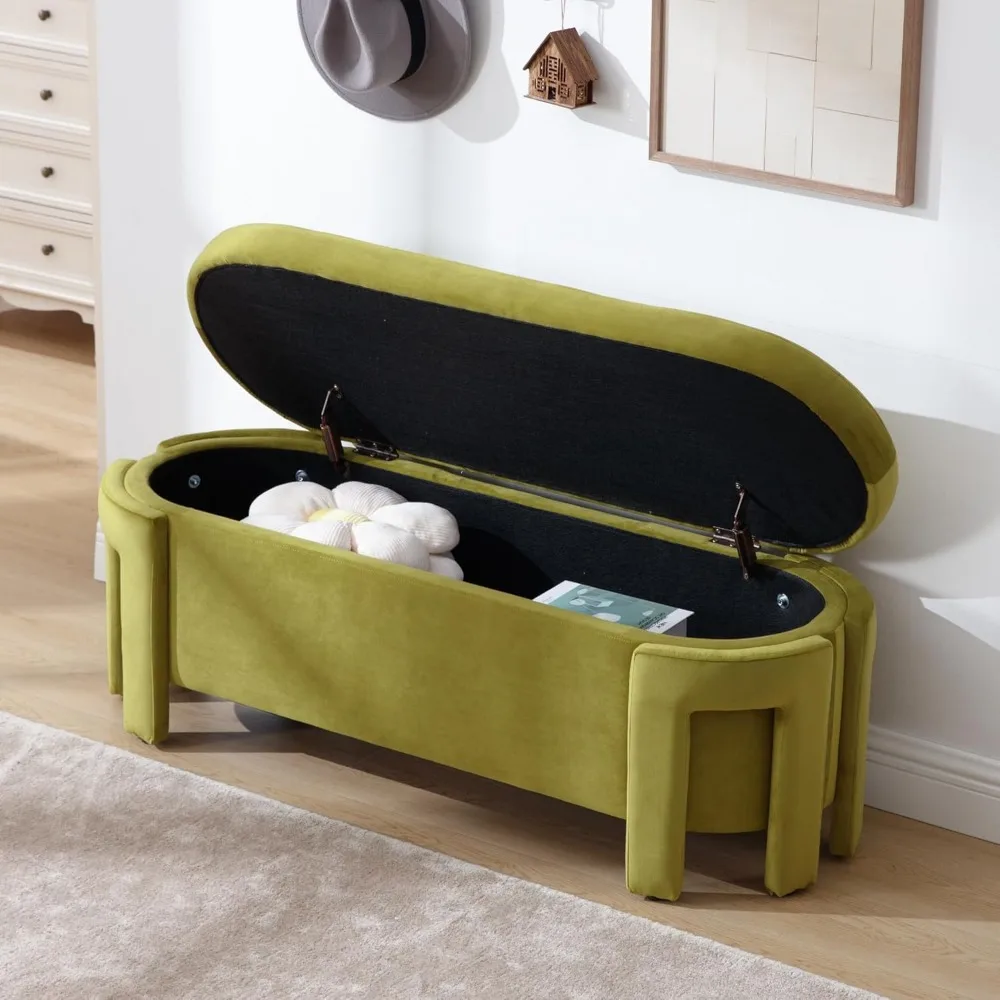
Styling Tips: Making Narrow Hallways Feel Welcoming
A narrow hallway can still feel inviting and stylish with these strategic design approaches.
Balance Functionality and Aesthetics
Narrow spaces must prioritize function, but thoughtful styling creates a welcoming impression:
* Choose furniture with clean lines and visual lightness
* Limit decorative items to a few impactful pieces
* Select items that serve both practical and aesthetic purposes
* Maintain consistent style language throughout the space
Strategic Lighting
Proper lighting expands perceived space:
* Wall sconces save space while providing ambient light
* LED strip lighting under shelves adds dimension
* Slim floor lamps with small footprints in wider areas
* Motion-activated options for convenience
Mirror Placement
Mirrors are powerful tools for narrow hallways:
* Position opposite light sources to maximize reflection
* Consider full-length mirrors on doors or walls
* Use clusters of small decorative mirrors for visual interest
* Try placing mirrors perpendicular to the hallway to suggest depth
Effectively organizing a small entryway bench area involves careful consideration of both storage needs and visual appeal.
Minimal but Impactful Decor
Selective decoration prevents visual clutter:
* One striking piece of wall art rather than multiple small frames
* A single sculptural element on a console table
* Plants that add life without consuming floor space (wall-mounted or hanging)
* Consistent color scheme with one accent color for visual cohesion
Runner Selection
The right hallway runner enhances your space:
* Choose runners narrower than the hallway by at least 6 inches (15 cm) on each side
* Linear patterns draw the eye forward and suggest length
* Light colors create openness
* Low-pile styles prevent tripping and accommodate door clearance
Creating Focal Points
Strategic focal points draw attention away from narrowness:
* An eye-catching light fixture
* A distinctive mirror or art piece at the hallway end
* A bold color on one short wall
* Architectural details like wainscoting or picture rails
Entryway Bench with Shelf Storage, Shoe Bench for Entryway, Shoe Storage Bench
$194.08 Select options This product has multiple variants. The options may be chosen on the product pageBench with Hooks and Storage, Entryway Hall Tree, Mudroom Bench with Cubbies, Mudroom Bench with Shoe Storage
$818.38 Select options This product has multiple variants. The options may be chosen on the product pageEntryway Bench with Cushion, Small Entryway Bench
$466.79 Select options This product has multiple variants. The options may be chosen on the product pageBench with Hooks and Storage, Entryway Coat Rack Bench, Entryway Hall Tree, Mudroom Bench with Shoe Storage, Mudroom Coat Rack Bench
$793.73 Select options This product has multiple variants. The options may be chosen on the product page- Price range: $785.40 through $897.63 Select options This product has multiple variants. The options may be chosen on the product page
Bench with Hooks and Storage, Entryway Coat Rack Bench, Entryway Hall Tree
$428.13 Select options This product has multiple variants. The options may be chosen on the product page
With thoughtful planning and strategic furniture choices, narrow hallways can transform from challenging spaces into functional, stylish assets in your home. At Nested Goods, we understand the unique demands of limited spaces, which is why our furniture combines elegant design with practical functionality. By applying these principles and choosing appropriately scaled pieces, your narrow hallway can become an efficient, welcoming entrance that sets the tone for your entire home.

